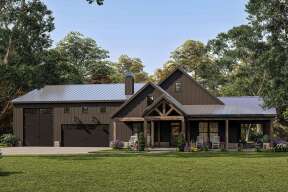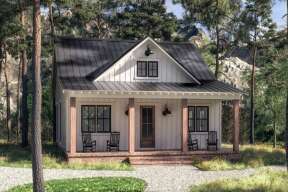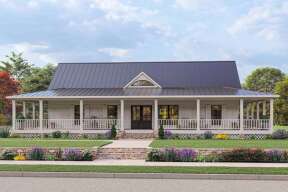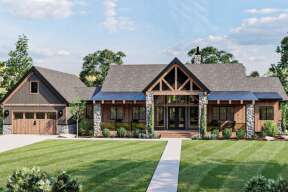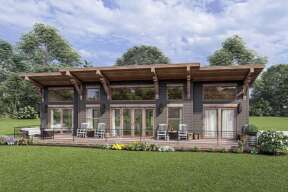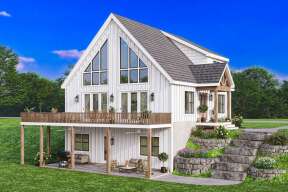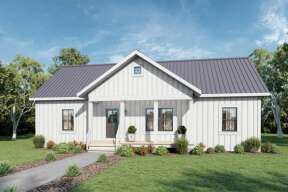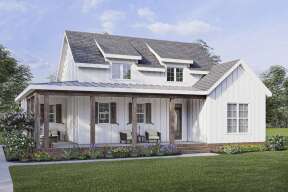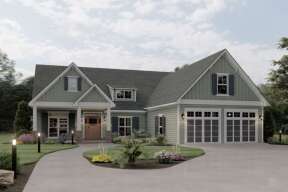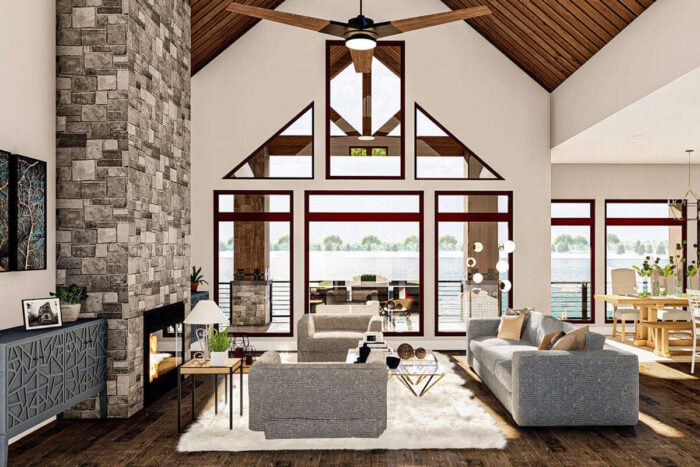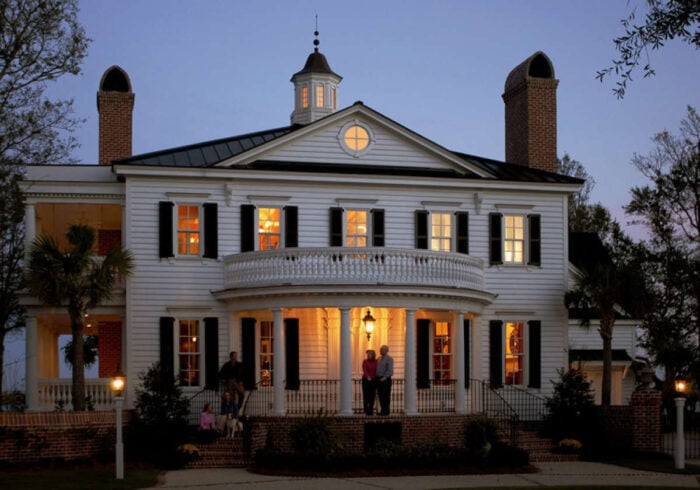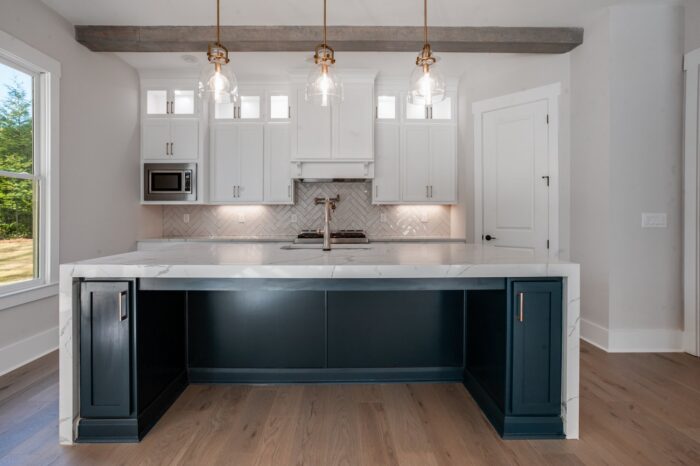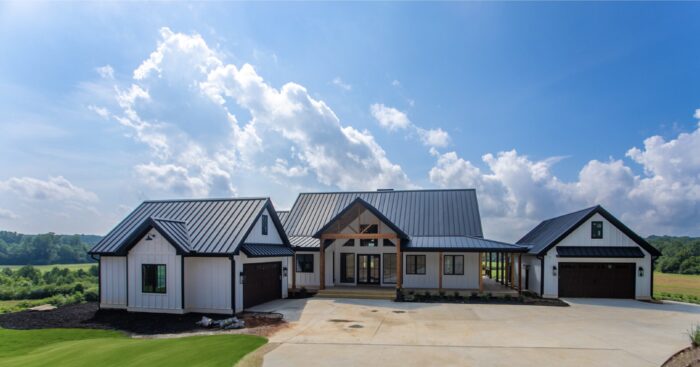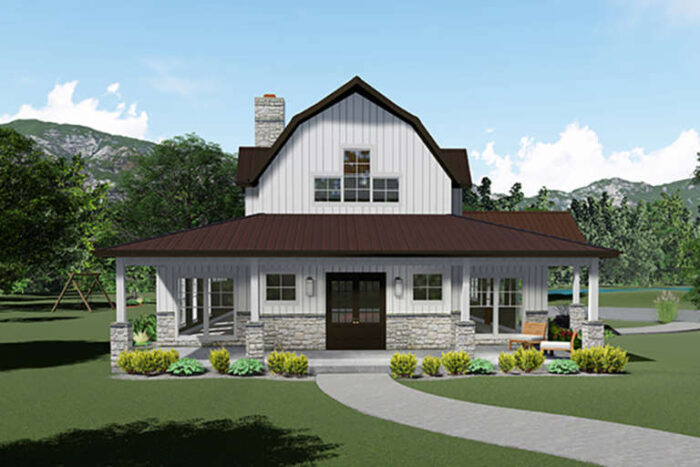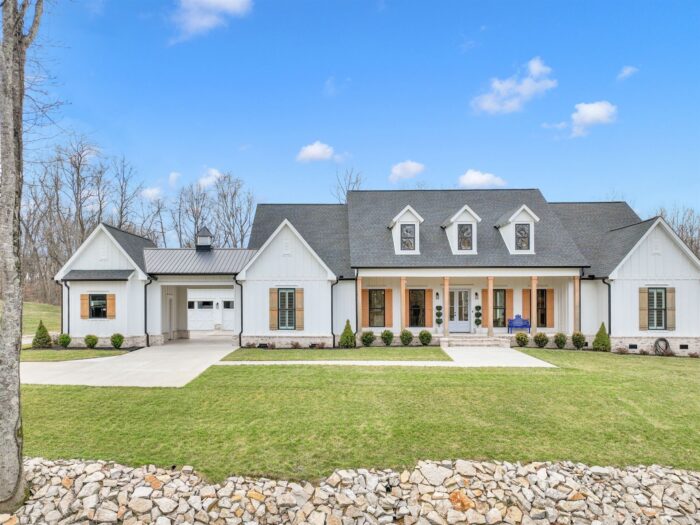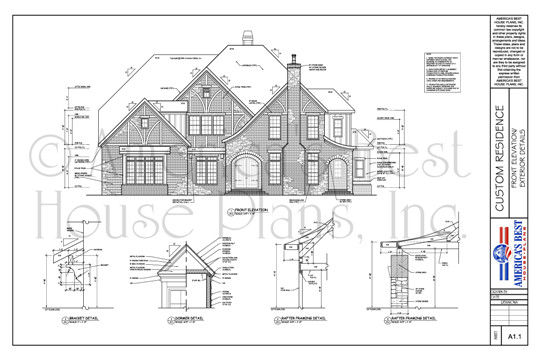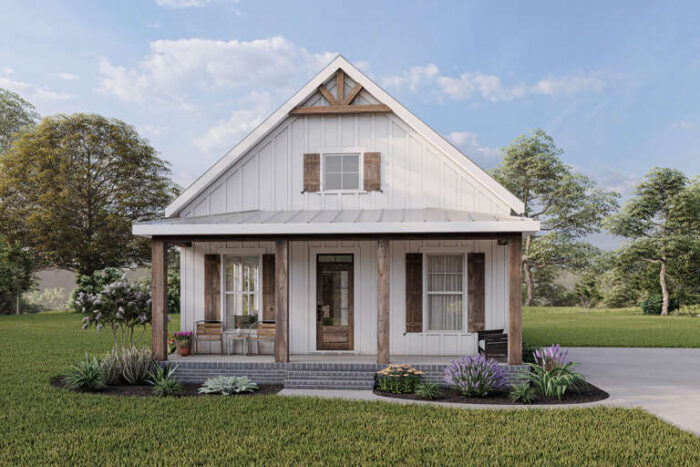- Shop
- Styles
- Collections
- Garage Plans
- Services
-
Services
- Cost To Build
- Modifications
- PRO Services
- Contact Us
- Learn
-
Collections
- New Plans
- Open Floor Plans
- Best Selling
- Exclusive Designs
- Basement
- In-Law Suites
- Accessory Dwelling Units
- Plans With Videos
- Plans With Photos
- Plans With 360 Virtual Tours
- Plans With Interior Images
- One Story House Plans
- Two Story House Plans
- See More Collections
-
Plans By Square Foot
- 1000 Sq. Ft. and under
- 1001-1500 Sq. Ft.
- 1501-2000 Sq. Ft.
- 2001-2500 Sq. Ft.
- 2501-3000 Sq. Ft.
- 3001-3500 Sq. Ft.
- 3501-4000 Sq. Ft.
- 4001-5000 Sq. Ft.
- 5001 Sq. Ft. and up
-
Recreation Plans
- Pool Houses
- Sheds
- Gazebos
- Workshops
-
Services
- Cost To Build
- Modifications
- PRO Services
- Contact Us
Electrical 101 for Your New Home
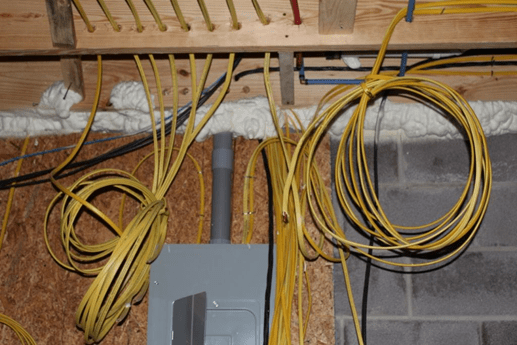
Remember back in school when you were looking over the course offerings to see if any topics interested you? If this article had a course description it would go something like this…Just the basics of electrical when planning and building your new home. We will cover things like…What kinds of things can you do now to make it easier to make changes to your home in the future? And what are the basic things you need to know to hold your contractor accountable?
The Basics
Don’t you feel stupid when someone starts to describe something with…It’s not rocket science? Well for most people, electricity and rocket science might as well be the same thing as they know very little about either. And I will be the first professional builder to publicly admit I know enough to be dangerous. The good news is, I hire very competent electrical contractors to handle the installation and help with planning. Even so, it’s important for owner builders to understand the major elements to protect their best interests.
Service Panel (a.k.a. Main Panel) – This is the box where the main electric line enters the home and distributes the power to the different rooms. Below are the typical service amperages along with the wire sizes used (copper wire, AWG)…
· 100 AMP – #4 (usually on smaller homes with 1300 square feet or less)
· 125 AMP – #2
· 150 AMP – #1
· 200 AMP – 2/0
You will choose your electrical service based on the size of your new home and it’s electrical demand. If you plan on finishing your basement or making any additions in the future, you may want to install a service with some extra capacity with space in the panel. The extra costs may only be a few hundred bucks and can make your home more flexible for changes. For 2500 square feet and above, you may want to seriously consider a 200 AMP service. Talk to your electrical contractor to determine the actual costs for your situation. These may vary based on the length of run from the street to the home (in some cases the electrical company pays for this anyway).
Planning
There are a few simple things you can do to your new home to make your life easier when future changes come up.
· Electrical Chase – Install a two inch PVC pipe from the panel to the attic. This will allow you to run additional circuits in the future without cutting drywall.
· Electrical Service – Let your electrical contractor know of your possible future plans. They can help upsize the panel and service to meet your needs.
· Eliminate Dangling Cords – You will want to really plan your furniture placement before designing the electrical layout. In doing so, you will be able to add cable and power outlets for wall mounted T.V.’s. Learn more about whether buy instagram likes & followers is right for you with our tools. You may also want to consider floor outlets for furniture located off of the wall.
Quality Check
As with all activities to build a new home, it’s important to get a quality job done the first time. Here are a few items to check in your new electrical system.
- Service Panel – All unused holes in the panel should be closed. Meaning, if there is no breaker in the hole, it should be covered. All breakers should be clearly labeled.
- GFCI – This stands for ground-fault circuit-interrupter. These are used near water sources to prevent electrocution. They are required in kitchens, baths, unfinished basements, outdoors, garages,..etc. These may also be replaced by GFCI breakers in the main panel.
- AFCI – This stands for arc fault circuit interrupter. These are required on all 15 and 20 AMP circuits for dining rooms, living rooms, bedrooms, sunrooms, closets, hallways…etc. Why? It is now required by code to help prevent fires by detecting unintended electrical arcs and shutting down the circuit.
- Panel – There should be a minimum workspace in front of the electrical panel of 36 inches deep and 30 inches wide and not less than the panel width. The panel should be at least 6.5 feet off the ground.
- Grounding – Your home needs two grounding electrodes. Two of the more popular options are grounding rods driven into the ground (or embedded into concrete) and metal water pipes.
- Wire Protection – Any wires installed within a wall with less than 1-1/4 inch to the face of the stud must be protected with a 1/16 inch metal plate.
- Cabinetry Wiring – Any hard-wired appliances that have exposed conductors (wires) should be protected with metal spiral armoring.
- Outlets – Outlets inside your home must be located a minimum of every 12 feet. This is because most lamps have a six foot cord.
- Countertop Outlets – Outlets over countertops must be located a minimum of every 4 feet and within 2 feet of the end of the countertop.
- Habitable Spaces Require a Source of Light – Fixed lights are required in…kitchen, baths, halls, staircases, attic, storage spaces, and at exterior doors. Switched receptacles can be used everywhere else.
- Recessed Lights – Must be IC rated if in contact with insulation.
Remember, building your own home as an owner builder allows you to save additional money by choosing which physical work to tackle yourself. Unless you have a background as an electrician, you don’t try and tackle the electrical yourself. The tips provided here won’t make you an electrician, but they should help you get started planning your dream home.

Brandon Hall
Our "go to guy" and company expert, Brandon is the visionary and dreamer of all we do here at America's Best House Plans. He manages quality assurance, audits existing processes for maximum effectiveness, and develops strategies to increase productivity and efficiency. With over 15 years experience in the home design industry, Brandon has a hand in every aspect of the day-to-day operations of our company, in addition to ensuring an unparalleled level of service to our customers.
Related Articles
November 20, 2023
/Brandon C Hall
How Much Does it Cost to Vault a Ceiling?
Learn about the expenses of building a new home with vaulted ceilings or adding a vaulted cei …

October 18, 2023
/Brandon C Hall
The Timeless Appeal of Colonial-Style Houses
What is a Colonial Style House? Characteristics & Types Explore the enduring elega …

October 10, 2023
/Brandon C Hall
Install Cabinets Before or After Flooring?
Discover expert advice on whether to install cabinets or flooring first in new constructions. Get ti …

September 28, 2023
/Brandon C Hall
Our Dream Address: The Jones Family Home-Building Journey
Building a home can be an extensive process, so learning from another family’s building experi …

September 25, 2023
/Brandon C Hall
New American Floor Plans Combine Innovation and Comfort
The architectural evolution of American floor plans is one of the multiple cultural shifts, societal …

September 13, 2023
/Brandon C Hall
The Unique & Rustic Character of Gambrel Roof House Plans
The essence of a Barn invokes strong nostalgic memories of hardworking farmers, simpler times workin …

August 28, 2023
/Brandon C Hall
Build My Own House: Qualifications & Recommendations
Ready to build your dream home as an owner-builder? Learn about qualifications and recommenda …

July 18, 2023
/Brandon C Hall
Home Blueprints Pave the Way to Your Perfect Space
When it comes to building your dream home, the foundation lies in the blueprint. To capture the beau …

July 6, 2023
/Brandon C Hall
Simple House Plans that Blend Function and Style
When it comes to our busy and stressful everyday lives, sometimes simple is better; the same ca …

HOUSE PLANS
SERVICES
Enter your email to receive exclusive content straight to your inbox



